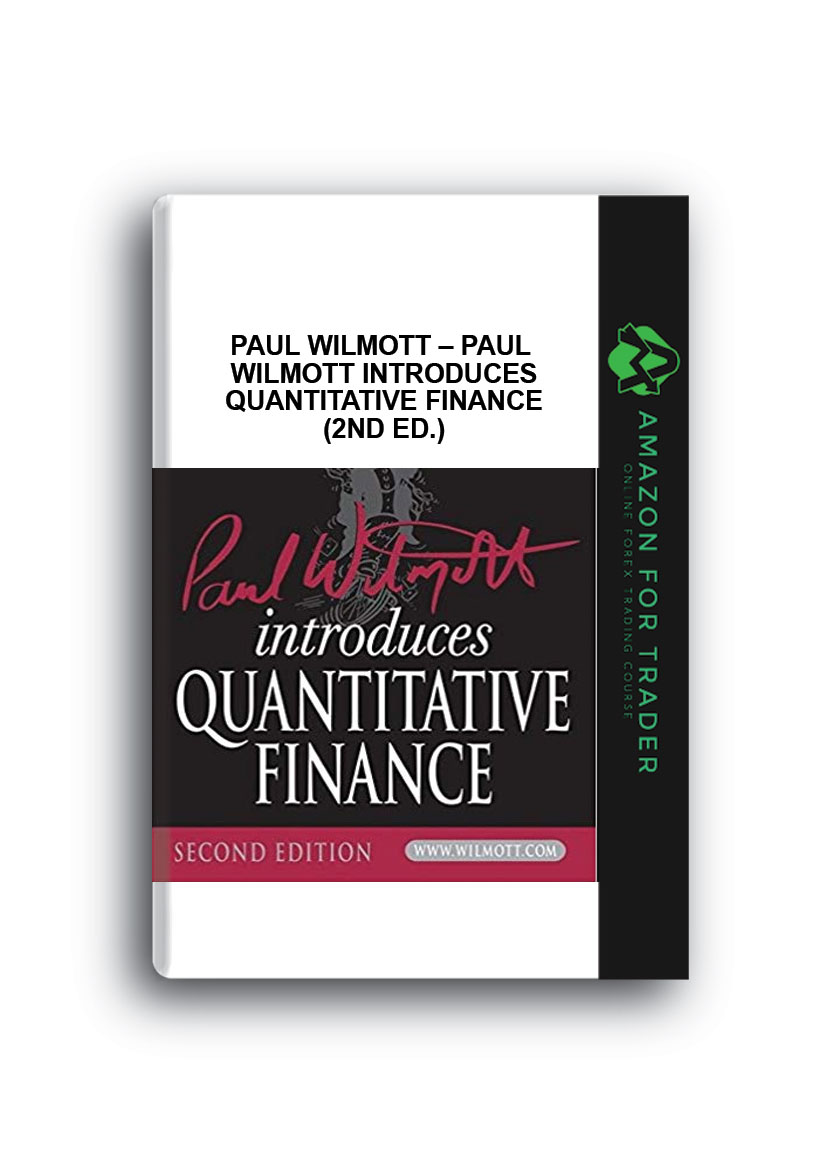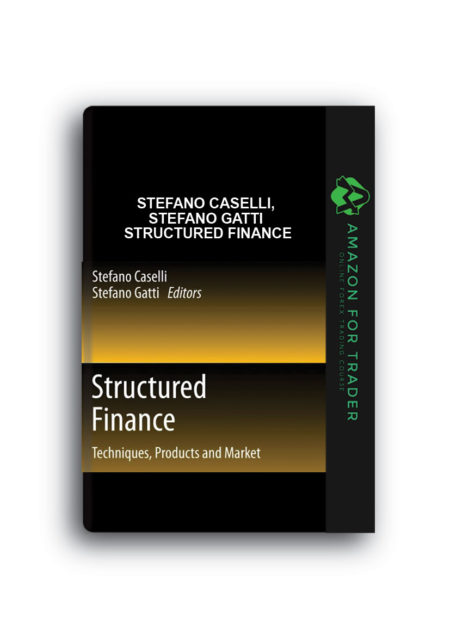Description
Paul Wilmott – Paul Wilmott Introduces Quantitative Finance (2nd Ed.)
Paul Wilmott Introduces Quantitative Finance, Second Edition is an accessible introduction to the classical side of quantitative finance specifically for university students. Adapted from the comprehensive, even epic, works Derivatives and Paul Wilmott on Quantitative Finance, Second Edition, it includes carefully selected chapters to give the student a thorough understanding of futures, options and numerical methods. Software is included to help visualize the most important ideas and to show how techniques are implemented in practice. There are comprehensive end-of-chapter exercises to test students on their understanding.
From the Back Cover
Paul Wilmott Introduces Quantitative Finance, Second Edition is an accessible introduction to the classical side of quantitative finance specifically for university students. Adapted from the comprehensive, even epic, works Derivatives and Paul Wilmott on Quantitative Finance, Second Edition, it includes carefully selected chapters to give the student a thorough understanding of futures, options and numerical methods. Software is included to help visualize the most important ideas and to show how techniques are implemented in practice. There are comprehensive end-of-chapter exercises to test students on their understanding.
In praise of Paul Wilmott and his previous works
Some people write for fame, some for money. Most academics write books to impress the professor down the corridor so that one day they will be the professor down the corridor everyone is trying to impress. Uniquely, Paul Wilmott writes to inform and educate his readers, to convey ideas, and, most importantly, to show them how to do it.
His greatest admirers are his readers. So, instead of endorsements from the great and the good, here are the words of his fans. Their sometimes unique spelling has been retained.
I found it to be easily the best book that I have read/worked through on the subject.
I thought it might amuse you to know that I think your book got me a job!
I’d like to say that this is a great book but you already know that!
I’m a junior derivatives trader in Mexico City. I’ve seen your book and I have only one coment: SEXY!
Loved your book, which is a breath of fresh air, amongst all those arid derivatives books!! It really is in a class of its own. I have wasted so much money on stupid derivative books which too elementary or way too complicated.
Purchased both Quant Finance and Derivatives a couple of days ago. Will not be able to afford steak or wine for weeks as a result.
BTW, I want to congratulate you for the *best* book in Financial Engineering I’ve read in the last years.
After reading the book I’d like to follow one of your courses, but they are way too expensive.
Congratulations for your brilliant book.
What I like about it is that it has this no-nonsense kind of approach that you’d expect in a physics text and it spells out the “stuff between the equations”.
Congratulation to your book Derivatives !!! The way you describe, present, and deliver Derivative knowledge is unique! One can feel your passion on the topic. It’s a pleasure to read, study, re-read…
Congratulations on a great new book – ‘PW on Quant Finance’. I bought the DERIVATIVES one but cannot afford this one!!
I am fanatical follower of your book “Derivatives”. You are best and this not flattery. Sorry from my English!
We use it for the part of our Banking and Risk Management course and it’s much more comprehensive than the books that we have recommended in our study guide.
Your book “Derivatives: the Theory and Practice of Financial Engineering” is the best in the market so far.
I shall waste no more precious words but to say that I am very simpathetic to your humor and irony…what most don’t always seem to understand: irony is one of the GREAT filters to access knowledge in this world and an elegant one for that matter.
your book rocks.
Congratulations to the success of your book (I got my copy of it for Christmas).
I would like to thank you for writing Derivatives.
Derivatives is the Greatest! Thank you, thank you, thank you! Just read the first 7 chapters of Derivatives, and it speaks to me.
complete, brilliant and amusing, stimulating for some original ideas and examples, didactically ready to be used by Students; it employs mathematical tools as tools only, not as a target; it is the last but the best book on derivatives in my library.
You’re book truly struck me as fun, informative and brilliant! Us American would say ‘Awesome Dude!!!’
I had a course on derivatives and your book was not suggested by the teacher (a stupid teacher).
Love you for ever, baby. xxx M
About the Author
Paul Wilmott, described by the Financial Times as ‘cult derivatives lecturer,’ is one of the world’s leading experts on quantitative finance and derivatives.
He is the proprietor of an innovative magazine on quantitative finance and a highly popular community website (www.wilmott.com). He is the principal of the financial consultancy and training firm, Wilmott Associates, and the Course Director for the Certificate in Quantitative Finance. He has researched and published widely on financial engineering.
Paul Wilmott, Paul Wilmott Introduces Quantitative Finance (2nd Ed.), Download Paul Wilmott Introduces Quantitative Finance (2nd Ed.), Free Paul Wilmott Introduces Quantitative Finance (2nd Ed.), Paul Wilmott Introduces Quantitative Finance (2nd Ed.) Torrent, Paul Wilmott Introduces Quantitative Finance (2nd Ed.) Review, Paul Wilmott Introduces Quantitative Finance (2nd Ed.) Groupbuy.










Reviews
There are no reviews yet.